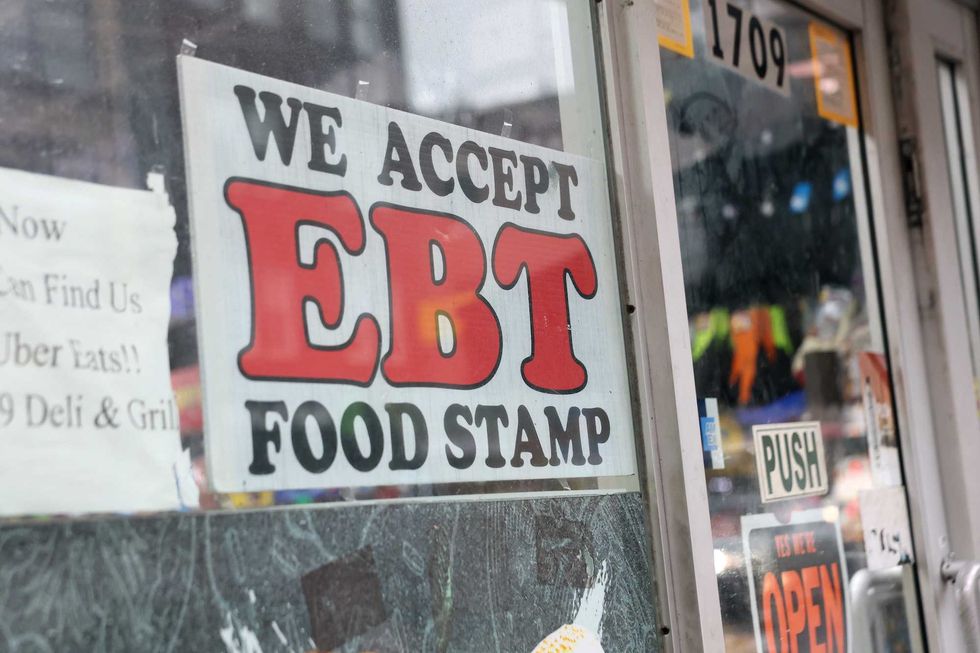
www.theblaze.com
$500 million in SNAP funds is reportedly spent on fast food because of state program
The Supplemental Nutrition Assistance Program is getting renewed scrutiny after Democrats tried to use the program as a cudgel to beat down Republicans during the government shutdown.Some Republicans are calling for new restrictions on SNAP to decrease program spending and cut down on waste, fraud, and abuse.'I hate to be the one to say McSCUSE ME, but something needs to be done because taxpayers are not lovin' it.'According to Republican U.S. Senator Joni Ernst from Iowa, $524 million was spent "almost exclusively on fast food, in nine states" over two years. The figure comes from spending through the Restaurant Meals Program option that allows select SNAP beneficiaries to use their funds on participating restaurants, including fast food shops."The 'N' in SNAP stands for nutrition — not nuggets with a side of fries," Ernst said in a statement accompanying the press release. "I wish I was McRibbing you, but $250 million per year at the drive-through is no joke and a serious waste of tax dollars. I hate to be the one to say McSCUSE ME, but something needs to be done because taxpayers are not lovin' it."The RMP option varies by state but is intended to help those who have problems preparing their own meals, including people with disabilities, the elderly, and homeless people.While fast food eats up millions in benefits, according to a previous report on SNAP spending, about 23% of the funds are redeemed on sugary drinks like soda and other snacks.In 2024, the federal government spent about $100 billion on SNAP, which means that about $23 billion was spent on sugary drinks and snacks. That includes about 10% on soda, which would represent about $10 billion worth of taxpayer funds. Ernst's McSCUSE ME Act would revise the RMP standards and impose additional restrictions to lessen spending on fast food restaurants.RELATED: Woman goes viral after admitting to being on SNAP benefits for 3 decades The Restaurant Meals Program was implemented in 1977.Despite the effort to make SNAP more efficient, it is a drop in the bucket of total federal spending. Even if the entire program was ended and all food aid was canceled, it would only represent a 1.5% decrease in the budget.About 41.7 million people in the U.S. receive SNAP benefits, which is about 1 in every 8 people in the country.Like Blaze News? Bypass the censors, sign up for our newsletters, and get stories like this direct to your inbox. Sign up here!










